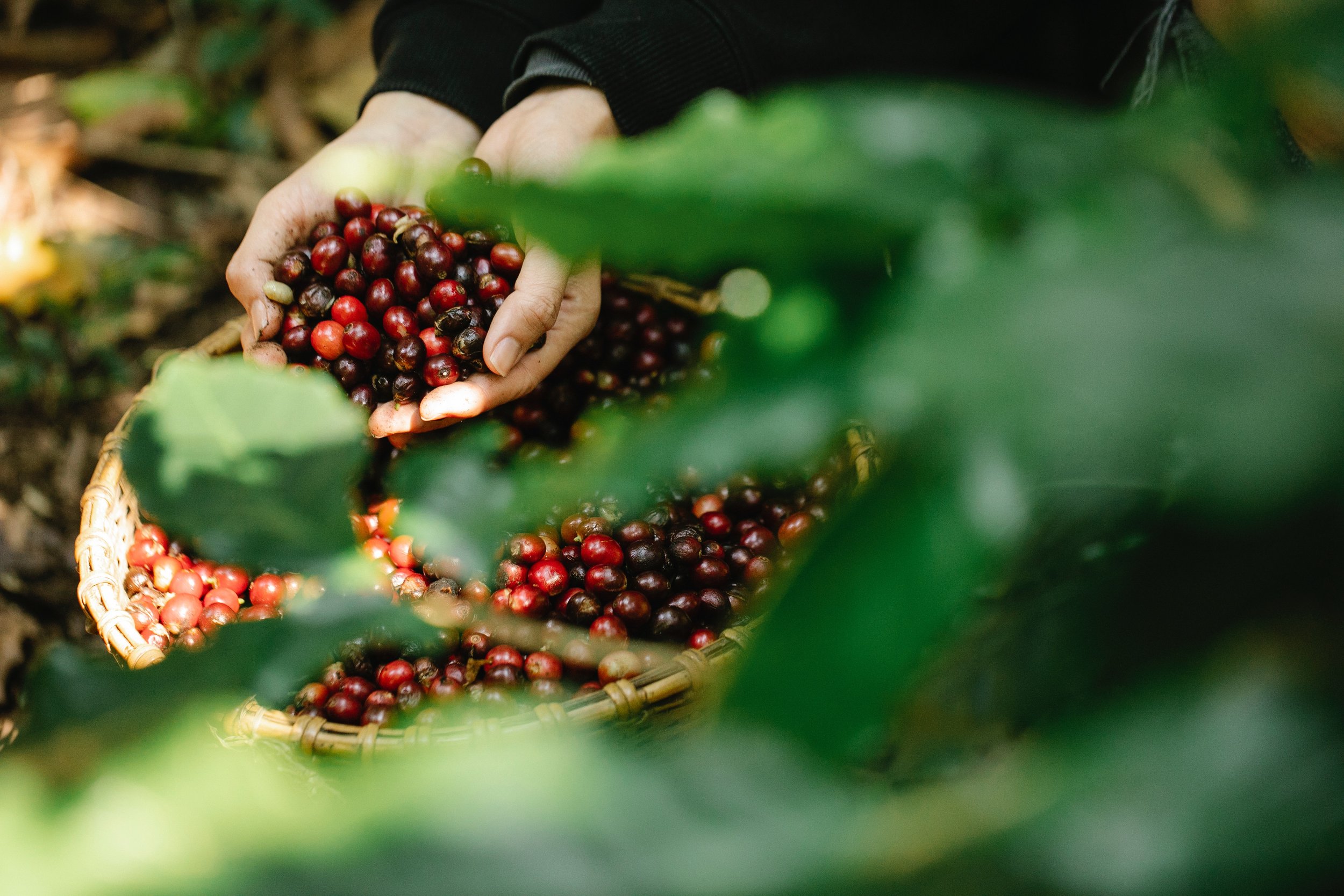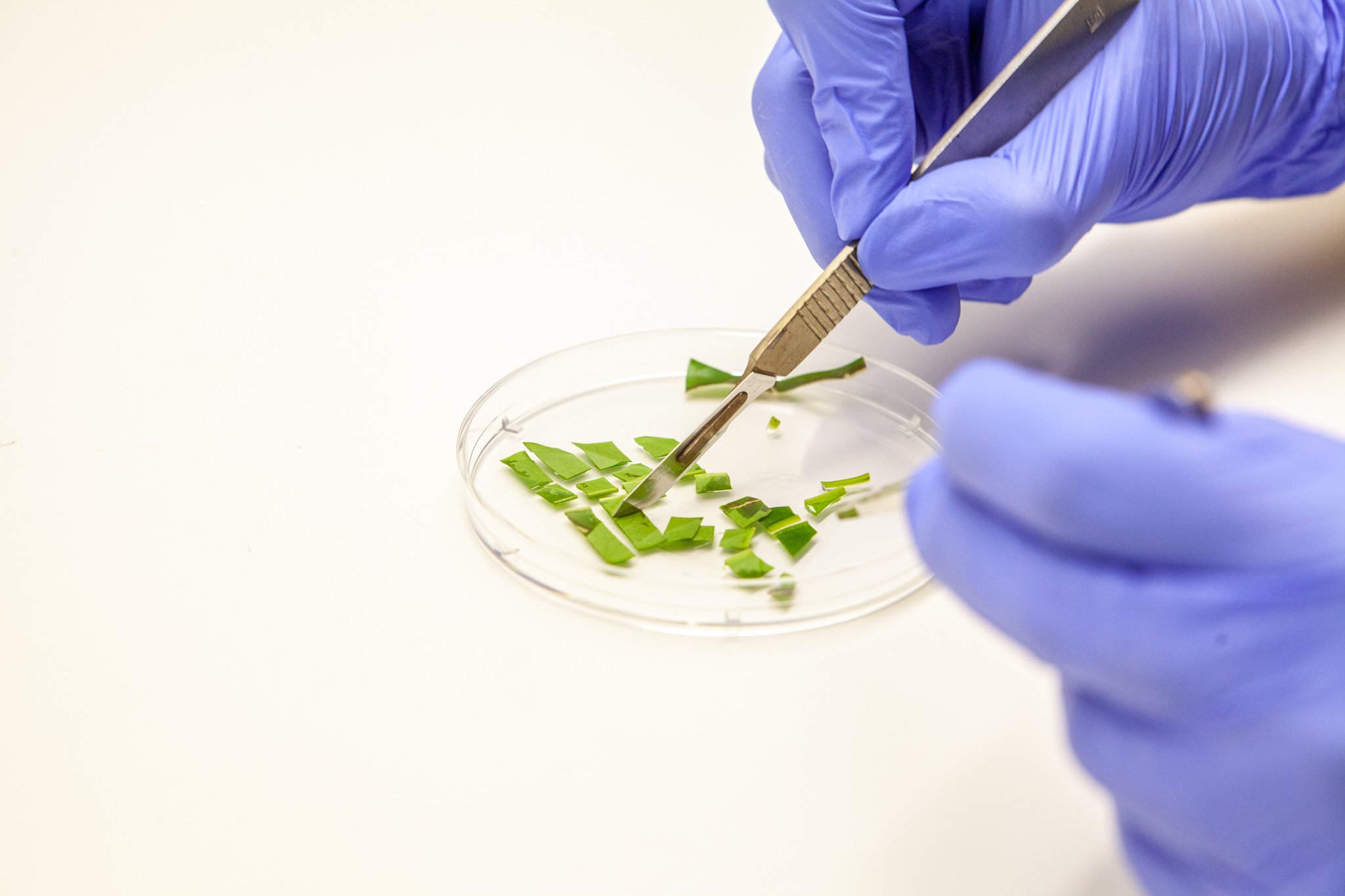
a global coffee crisis is brewing
From climate change to deforestation and unethical labor practices, research shows that increased coffee production is harming the planet and placing our favorite crop at risk.
stimulating facts
Coffee is one of the most widely consumed beverages on the planet - the world consumes about 500 billion cups of it every year.
A recent study estimates that by 2050, the amount of land that will be suitable for coffee cultivation will be reduced by 50%.
80% of the world’s coffee is grown by 25 million smallholder farmers, many of which are living in poverty.
Child labor is widespread in coffee cultivation. A fall in coffee prices increases poverty in regions that depend on the crop, which can also prevent children from attending school if they’re needed to work on the farm.
Coffee & The changing climate
There are over 100 species of the coffee plant. Two of the most common varieties are Coffea arabica and Coffea robusta. Robusta has a bitter taste and is used mainly for instant coffee where Arabica is what we think of as our high quality coffee.
Both species require very specific conditions to grow, Arabica being the most sensitive. If temperatures get too hot, the berries won’t grow correctly or if it’s too cold, they can freeze. It also needs a certain amount of rainfall followed by a dry season to flower, as well as warm days and cool nights.
Coffee farms at lower elevations are the first to experience the effects of climate change. Intense sun exposure is leaving the crops more susceptible to pests and disease. One common issue is the growth of a fungus known as coffee rust.
In many countries, the impact of the climate crisis on coffee production can already be felt.
There are only a few very specific regions of the world where conditions are suitable for growing coffee and these areas are getting smaller and smaller...
Coffee & Deforestation
Much like cacao, coffee grows in specific rainforest-like conditions and these special areas have experienced deforestation over the years. Two of largest growers of coffee are Brazil and Colombia.
Coffee-driven deforestation has been particularly severe in the Atlantic Forest of South America - one of the world’s most ecologically diverse regions. Today, only 12.4% of the forest remains.
Deforestation of the Amazon rainforest reached a 15-year high. An estimated 13,235 square kilometers (2,429 football fields) was lost between August 2020 and July 2021 - a 22% increase from the previous year.
Much like cacao farming in West Africa, Brazil experiences deforestation due to coffee crops depleting the soil’s nutrients and forcing expansion into protected areas.
Compared to palm oil, pork and poultry, both chocolate and coffee contribute far more to global deforestation.
Coffee & labor
Being a coffee farmer requires intensive manual labor. You have to pick, sort, prune, weed, plus spray fertilizer and be expected to transport the product. These farmers often work under intense heat for up to 10 hours a day, and many face serious health risks due to exposure to dangerous agrochemicals.
Fairtrade International reports that as of 2019, small coffee producers receive less than $1.00 for a pound of their beans.
While many would like to think that child labor is a thing of the past for the coffee industry, in 2020, it was revealed that major coffee companies were using beans sourced from plantations where undocumented eight-year-old children were working.
When the price of coffee rises, families are incentivized to take their children out of school and send them to work.

The future of coffee
At California Cultured, we envision a future where nobody will have to hurt people or the planet to continue enjoying the staples they love.
As leaders in plant cell agriculture, we can provide the world with an opportunity to move beyond deforestation, beyond unethical labor and into the future of ethical and sustainable coffee.




